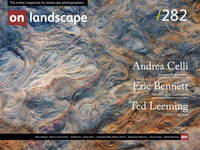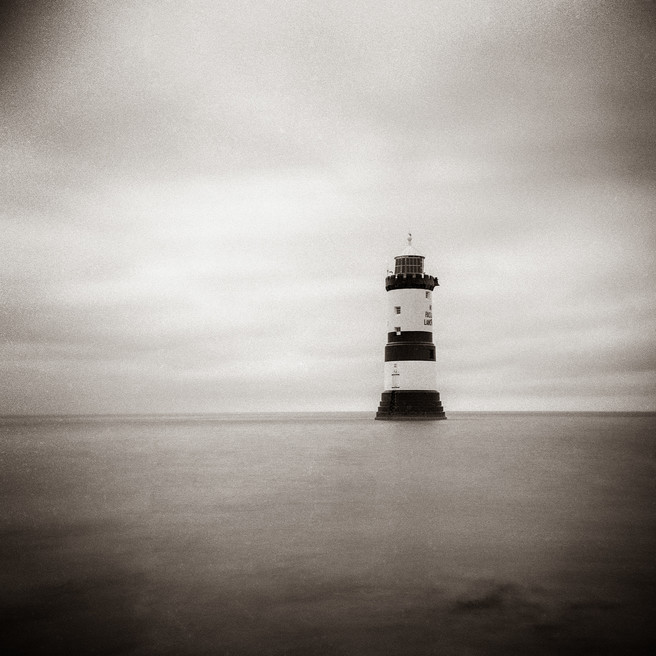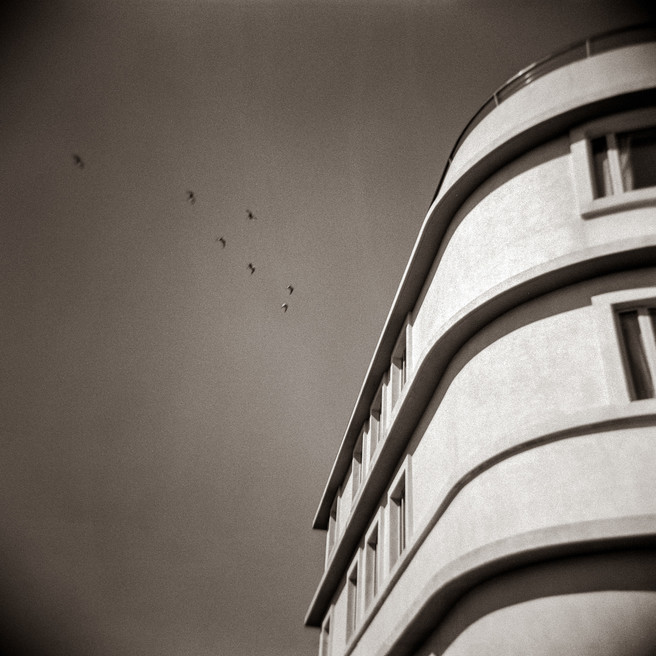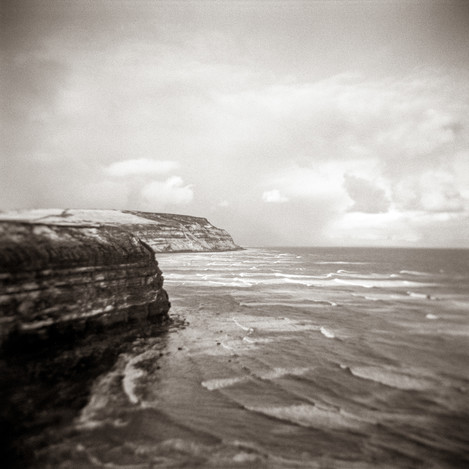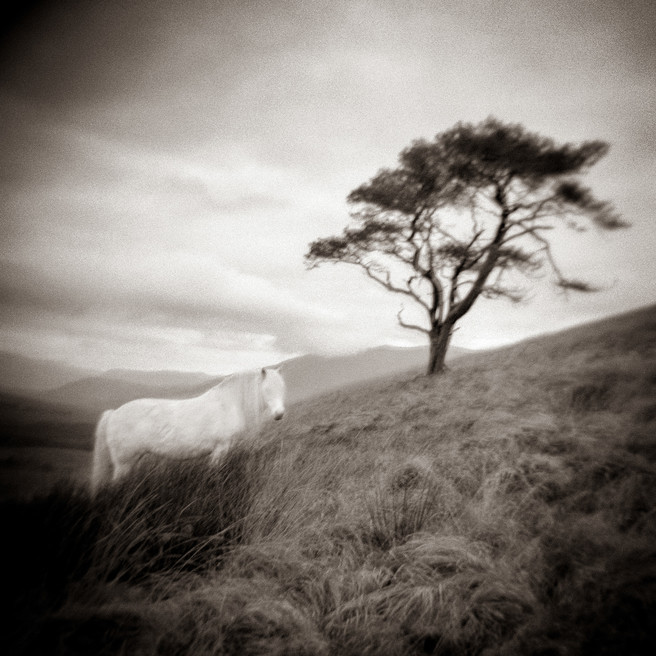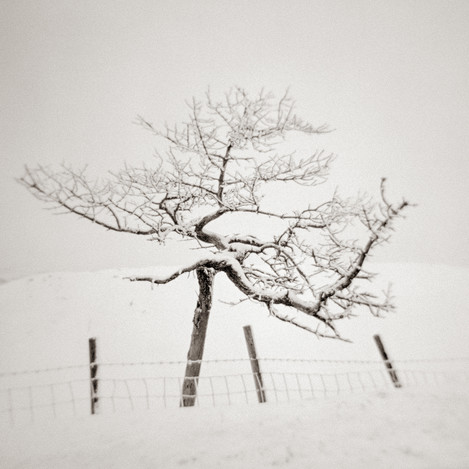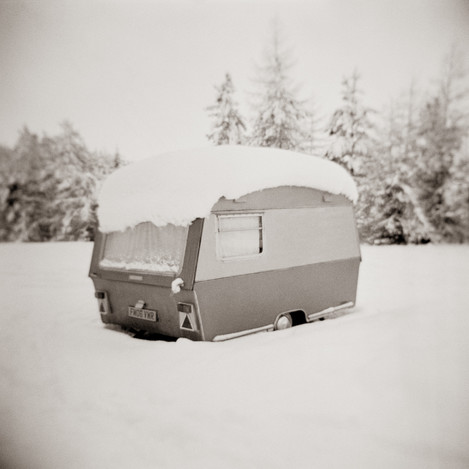A return journey back to film photography

Rod Ireland
Rod Ireland is a full-time professional photographer and qualified mountain leader living in the Lake District. With a love for the outdoors, he runs photography workshops & holidays as well as exhibiting and selling his landscape work.
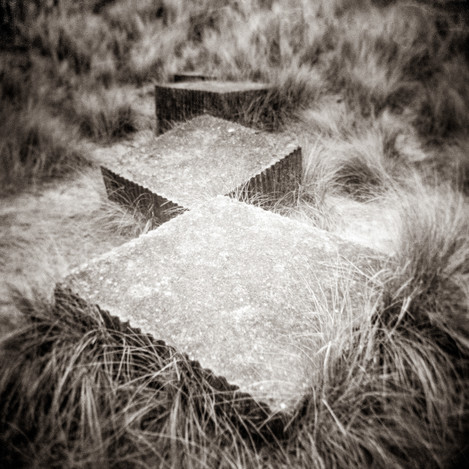
‘Back in the day', using film was a necessity, rather than a choice, if you wanted to create photographs. My first camera, obtained when I was around eight years old, was a simple 35mm point and shoot, finished in a ‘spider-man’ livery. Along with the vast majority of camera owners in the 1980s and ’90s, my photography was simple snaps of holidays, family occasions and some teenage misadventures.
I dabbled with SLR cameras, a ‘Centon’ and an East German ‘Praktica’ that I remember being reliably unreliable. My knowledge improved a little, and I had the basics down, but it’s fair to say I didn’t know how to use them to their full potential.
Moving from Manchester to Bangor (just outside Snowdonia) in the mid-90s was a key time for me. An interest in the natural environment quickly developed hand in hand with a desire to capture better images of this new world around me. My photography improved further, but the craftmanship needed to use film really well still illuded me.
At the time digital cameras started to take off, the cost of a DSLR was beyond me, but I still abandoned my film cameras and began shooting almost exclusively with a digital point and shoot with a whopping 2 megapixels. During that period, my photography actually regressed as I reverted back to grabbing snaps and recording shots.
After moving to the lake district, I bought my first DSLR around 2006, and this proved to be a real jump off point for me. I consciously tried to get better at my photography and was helped immeasurably by the instant feedback on the rear of the camera confirming whether the image was a success or failure. Like others, I was mesmerised by the results I could get, the sharpness, detail, consistent colour etc.
Then around six years ago, I started to grow discontent. I’d mastered my equipment to the point where I’d begun to feel it was all a little too clinical and, dare I say, too easy to get results. This, combined with a photography community seemingly locked into a never-ending search for the latest ‘new thing’ in cameras and lenses, left me feeling cold. I’d lost my photography mojo, and I needed something to get it back.
Film photography was having something of a revival at this time, and the idea of going back and trying to develop a level of proficiency and craftmanship that had eluded me twenty years before appealed. I jumped back in head first, starting with a medium format TLR, then a Box Brownie, then a 35mm SLR, then onto ‘Toy’ Cameras, then Polaroids, then Pinholes, Panoramic Cameras……and on.
Whereas modern digital cameras broadly produce the same generic image look (you’d be hard-pressed to tell what image came out of what digital camera), I found using a variety of film camera formats produced an eclectic mix of fundamentally different looking images. The variety thrown up by this journey of discovery was something I began to revel in.
The film camera that became my most trusty companion was the ‘HOLGA’. In essence, these are pieces of low-tech plastic hewn into the most basic medium format film camera, the antithesis of today’s advanced and expensive offerings. A brand-new model can be bought for a very modest outlay of just £35-40. You could spend one hundred and fifty times as much on a digital medium format camera, but first, I’d ask, are you going to get one hundred and fifty times the fun, disillusionment, exploration, joy, frustration or delight from it? I believe the answer, unequivocally, to all of those questions is no.
Technically, Holgas are incredibly simple. A fixed 60mm focal length, Zone focusing where you adjust focus ring symbols to match your estimated subject distance. Two apertures, f8 & f11, these are approximations as loose manufacturing tolerances mean every camera is ‘unique’. Finally, there are two shutter speeds, 1/100s approximately (ageing shutter springs will impact actual speed) & Bulb mode, which requires you to keep your finger pressed down on the shutter lever. Such a basic specification might horrify some but I’ve come to view it as a liberation rather than a limitation. It’s something that affords boundless opportunity to experiment with a gloriously crappy piece of plastic.
Aside from Polaroid and Instax film cameras, the fundamental difference between digital and film photography is the point at which you get to see the image you’ve created. I’ve come to more appreciate something I read a while back:
The idea of waiting for something makes it more exciting.~Andy Warhol, The Philosophy of Andy Warhol (From A to B and Back Again)
Having a material span of time between taking an image and being able to review it is something I’ve found strangely pleasing about film photography. The anticipation of having to wait and see whether you’ve created a masterpiece or a disaster can be delightful.
Whilst modern digital cameras are jam packed with a wealth of functions and incredible features, those things can act as a barrier to image creation. Having a multitude of control buttons, switches, wheels and menu options is not conducive to utilising your mental capacity on the most important photography fundamentals; seeing and composing.
Fifteen years ago, technical perfection and faithful reproduction of a scene set out before me were photography goals. Today, images eliciting an emotional response combined with a visual aesthetic I find pleasing are my goals.
Undoubtedly, it can be a more arduous journey to arrive at results you’re happy with and I’ve made countless mistakes along the way. But, the personal satisfaction and sense of reward that I get from producing an image through the medium of film is exponentially greater than that of digital.
In the past few years since returning to film, I feel I’ve learnt more about photography than I had in the fifteen years prior. That said, I’m still on an apprenticeship with film cameras and have reconciled myself to the prospect of never truly mastering them. It’s a vocation and a learning journey without an end destination but I’m ok with that, my photography mojo is back!

